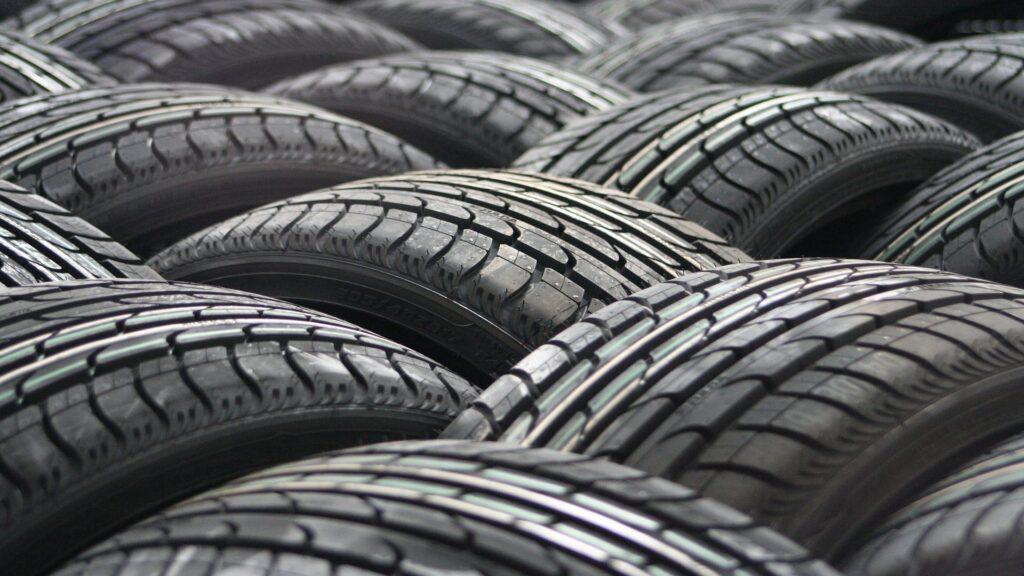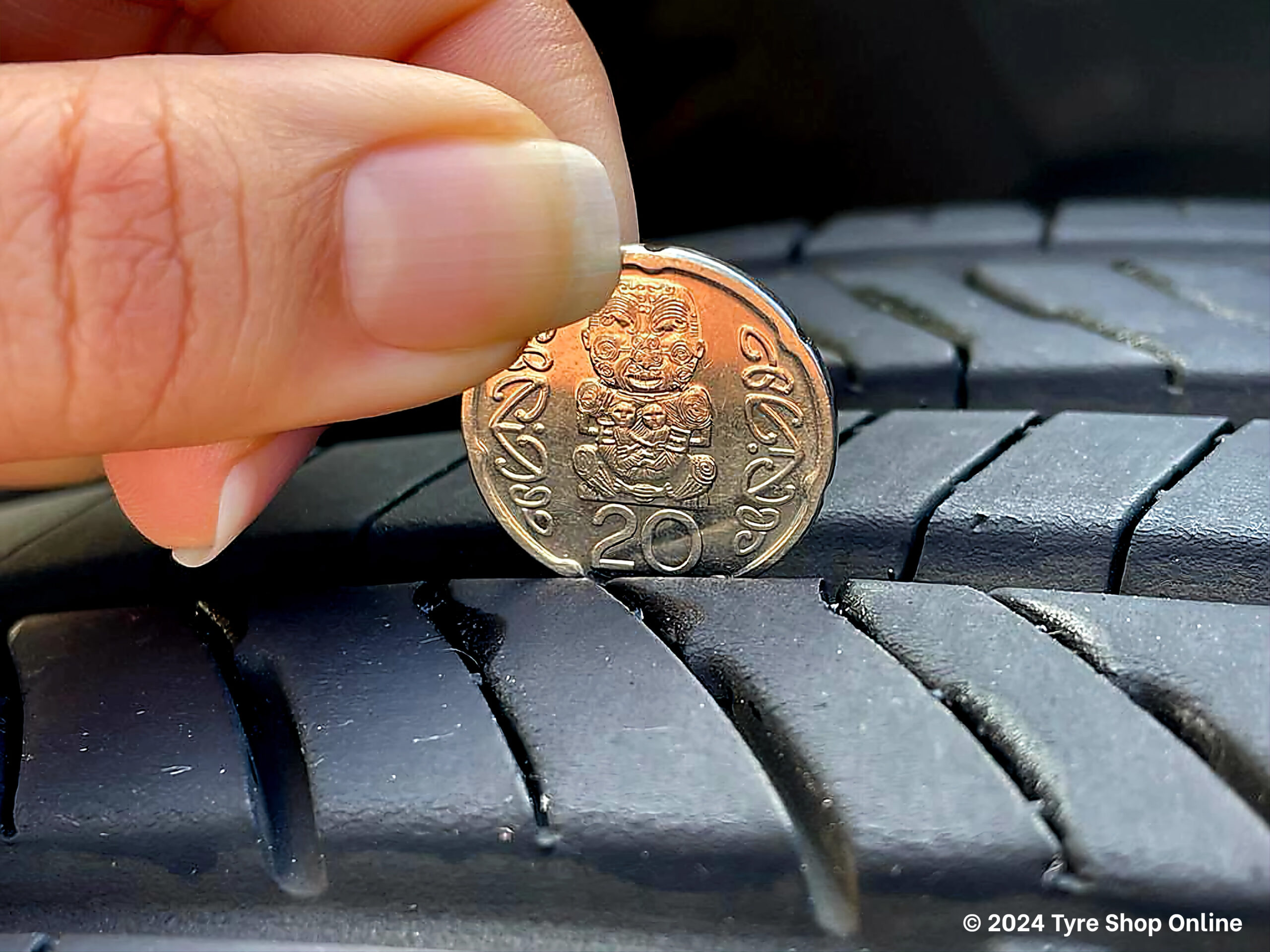
Sweet Surprises! It’s our 14th Birthday!
We’re 14! Thanks for Being Part of the Ride! This month, Tyre Shop Online turns 14 years old, and we’re celebrating by giving back to

Your tyres are an essential component of your vehicle’s safety and performance and understanding how to make them last longer can save you money and ensure a smoother ride.
As specialists in all thing’s tyres, Tyre Shop Online will cover the most common questions you need to know to extend the life of your tyres. Whether you are a seasoned driver or a new car owner, this guide will equip you with the knowledge and tools you need to keep your tyres in top shape and enjoy a safer, more comfortable ride.
How long tyres last depend on a combination of factors such as road conditions, weather, driving habits and how much care that’s put into the tyres. The average tyre can last over 40,000km for standard vehicle use. However, keep in mind that even with proper maintenance, all tyres will eventually wear out and need to be replaced.
Most tyre manufacturers recommend replacing older tyres once they reach 10 years from the manufacturing date, even if they still have visible tread. You can find the age of a tyre using the DOT code stamped on the sidewall (the last 4 digits show the week and year of manufacture). If unsure always seek professional advice on whether it is time to replace your tyres.
There are many factors that affect the tyre’s lifespan, including general tyre wear and tear, the weight of the vehicle, driving style, uneven tread, tyre pressure and wheel alignment. Check your tyres regularly to ensure some of the factors are correctly maintained for tyre longevity.
Under or over-inflated tyres affect safety and fuel efficiency. Keeping your tyres at the recommended pressure helps prevent uneven wear, improves handling, and saves fuel. Check regularly, especially before long trips. Learn more about tyre pressure in the ins & outs of tyre pressure blog.
Frequent braking, sharp cornering or high speeds accelerate tread wear. Smooth, steady driving not only keeps you safer but helps your tyres last longer by reducing stress on the rubber.
Heavier loads put extra stress on your car tyres. Consistently carrying heavy items can flatten the tread faster, so it’s important to stay within your vehicle’s load rating and check your tyre pressure more often.
Not rotating or misaligned wheels lead to uneven tread. Regular tyre rotation and wheel alignment ensure all tyres wear evenly, extending their overall lifespan and improving your vehicle’s performance.
Heat, cold, or rough terrain shorten tyre lifespan. Extreme temperatures and rough or unsealed roads break down the rubber faster. Try to avoid potholes (if you can) and drive with care in harsh conditions.
Even unused tyres deteriorate over time (watch for cracks or dry rot). Even with good tread, old rubber can become unsafe. It’s recommended to check the DOT code and replace tyres that are over 6–10 years old.
Common signs of ageing in tyres include – cracks or bulging, often caused by exposure to weather elements, air pressure issues, worn tyre tread or uneven wear, and if your tyres are older than 5 years. The tread depth is crucial to ensure adequate traction on the road.
In NZ, the minimum legal depth is 1.5mm but the more tread you have the better grip and safer you will be. Want to learn more about tyre safety? Read our blog The Basic of Tyre Safety.
Quick tip: Use the 20c coin check – insert the coin into your tyre tread. If the outer band of the coin is visible, it’s time to replace your tyres.

How often should I replace my car tyres?
Tyres will wear out with regular use and ageing. Additionally, if you frequently drive in harsh conditions or have a long commute, you may need to have your tyres replaced more frequently than someone who drives less often or in milder conditions. Regularly checking your tyres helps prevent unnecessary wear and supports safer driving habits.
The manufacturing date can be found on the sidewall of your tyre. There is generally a four digit code, the first two digits represent the week it was manufactured, and the second two digits represent the year it was manufactured.
This code is called the DOT code — for example, 0720 means the tyre was made in the 7th week of 2020. Even if a tyre isn’t manufactured in the current year, it’s still considered new if it has been stored correctly in a warehouse. The rubber doesn’t degrade quickly if kept in the right conditions so it’s safe and good to use. The most important factor for tyre longevity is how well you maintain your tyres once they are fitted to your vehicle.
Remember: Tyres can deteriorate over time, even if they have not been used extensively.
Determining the ideal age for tyres is not solely based on the number of years they’ve been in use. It’s essential to consider factors such as tread wear, usage, and the specific type of tyres. Generally, tyres that have reached a point where their tread depth is near the legal minimum, or they show signs of cracking or other wear, should be replaced.
If your tyres are approaching the 10-year mark, even if they’ve been lightly used, it’s time to consider tyre replacement. Regular checks on your tyre condition are essential for staying safe on the road.
Even if they’ve got tread left, tyres naturally age and the rubber can harden or crack over time. A general rule is around 10 years max, but this depends on how they’ve been used and stored.
Worn-out tread means less grip, especially on wet Kiwi roads. If your tread’s getting low, it’s time to think about replacing them for your safety.
Bumps, cracks, or uneven wear on the sides or across the tread aren’t just cosmetic, they could signal a bigger issue. It’s always safer to get a professional to take a look.
If your car’s losing tyre pressure quickly or you’re feeling strange vibrations or hearing weird noises, it might be your tyres telling you something’s not quite right.
If your tyres have been stored somewhere cool, dry, and away from sunlight, they’ll usually last longer than those left out in the heat or harsh conditions.
Each vehicle is a bit different. Some manufacturers suggest when you should swap your tyres based on how your vehicle’s built and how you’re using it.
Staying on top of your tyre maintenance doesn’t have to be hard, just a few simple checks can keep you safer and save you money in the long run. Read our blog to learn about the tips and tricks of maximising your tyre’s life.
Happy driving!

We’re 14! Thanks for Being Part of the Ride! This month, Tyre Shop Online turns 14 years old, and we’re celebrating by giving back to

When you’re heading off the beaten track, there’s a lot more to think about than just where you’re going. Off-road adventures…

We love our SUVs in New Zealand. Whether it’s towing the boat, packing up for a long weekend away, or chucking the gear in…
Ecommerce Website Design & Development by Digital Refinery